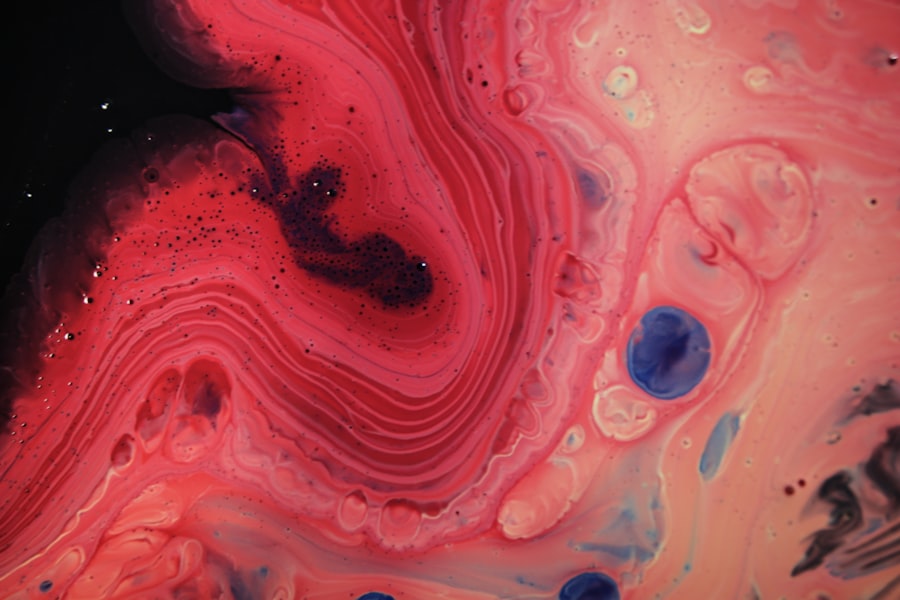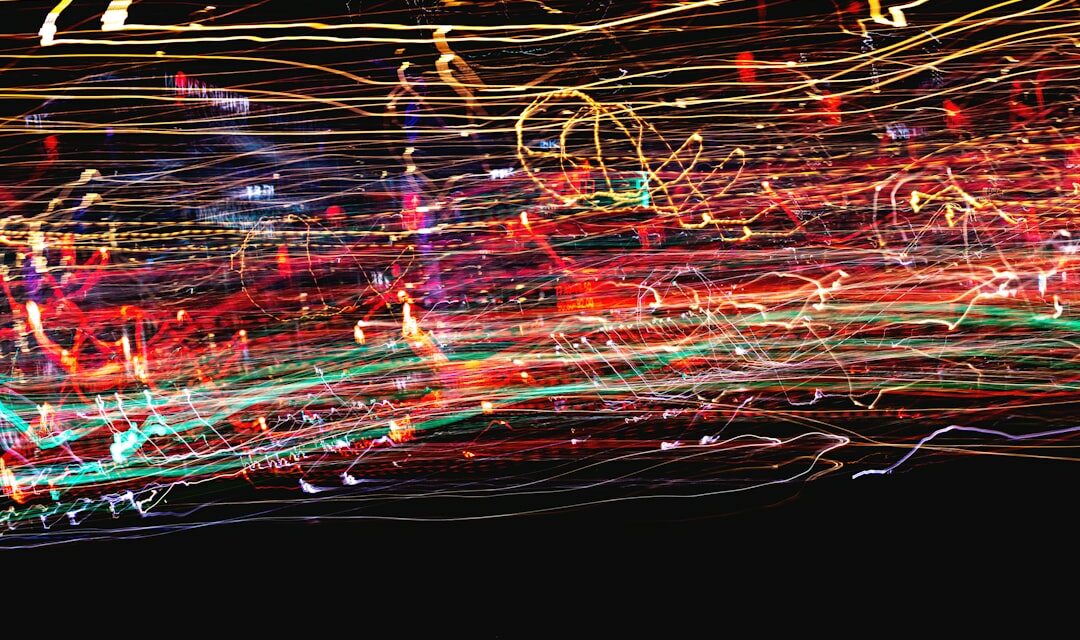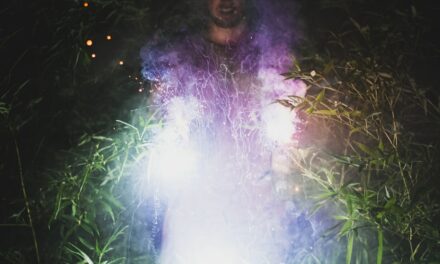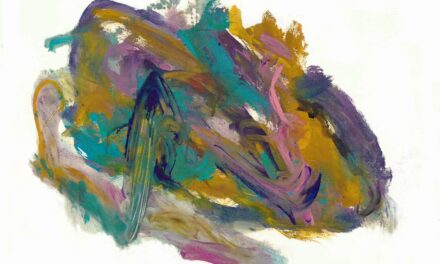The concept of dreamscapes has long captivated artists, serving as a bridge between the conscious and the subconscious. From the earliest cave paintings to the intricate works of the Renaissance, the representation of dreams and altered states of consciousness has been a recurring theme. Ancient civilisations often depicted dream-like scenarios in their art, using symbolism to convey deeper meanings.
For instance, the Egyptians illustrated scenes from the afterlife, which were imbued with surreal elements that reflected their beliefs about dreams as a means of communication with the divine. These early representations laid the groundwork for a rich tradition of exploring the dream world through visual art. As art evolved through the centuries, so too did the portrayal of dreamscapes.
The Romantic period, with its emphasis on emotion and individual experience, saw artists like Caspar David Friedrich create landscapes that evoked a sense of the sublime, often blurring the lines between reality and imagination. The ethereal quality of these works can be seen as a precursor to the more explicit dream imagery that would emerge in the 20th century. The advent of modernism brought about a radical shift in artistic expression, allowing for a more abstract interpretation of dreams.
Artists began to explore their inner worlds, leading to the emergence of dreamscapes as a distinct genre within art history.
Summary
- Dreamscapes have been a recurring theme in art throughout history, with evidence of their depiction dating back to ancient civilizations.
- Surrealist artists, such as Salvador Dali and Rene Magritte, used dreamscapes to explore the subconscious mind and challenge conventional reality.
- Contemporary artists continue to draw inspiration from dreams, using dreamscapes to convey complex emotions and explore the boundaries of imagination.
- Dreams have long been recognised as a powerful source of inspiration for artists, influencing their creative process and the themes of their work.
- Dreamscapes in art often carry symbolic meanings, representing the inner thoughts, fears, and desires of the artist and evoking emotional responses from the viewer.
The Use of Dreamscapes in Surrealism
Surrealism, which flourished in the early 20th century, is perhaps the most significant movement associated with dreamscapes. Pioneered by figures such as André Breton and Salvador Dalí, surrealism sought to unlock the unconscious mind and explore the irrationality of dreams. Artists employed various techniques to create dream-like imagery that defied logic and challenged conventional perceptions of reality.
Dalí’s iconic melting clocks in “The Persistence of Memory” exemplify this approach, as they evoke a sense of time slipping away in a dream state, where the rules of physics no longer apply. The surrealists were heavily influenced by the theories of Sigmund Freud, particularly his ideas about dreams as a window into the unconscious. This psychological underpinning allowed artists to delve into their own psyches, producing works that were both personal and universal.
Dreamscapes became a means of expressing repressed desires, fears, and fantasies. René Magritte’s “The Treachery of Images,” with its famous pipe and the caption “Ceci n’est pas une pipe,” challenges viewers to question their perceptions and assumptions, much like a dream that defies straightforward interpretation. Through these explorations, surrealism not only transformed the landscape of art but also expanded our understanding of the human mind.
Dreamscapes in Contemporary Art

In contemporary art, dreamscapes continue to thrive as a powerful means of expression. Artists today draw upon a diverse array of influences, from technology to personal experiences, to create works that resonate with the complexities of modern life. The digital age has introduced new tools for artistic creation, allowing for innovative interpretations of dream imagery.
Artists like Yayoi Kusama utilise immersive installations filled with polka dots and mirrors to evoke a sense of infinite space, inviting viewers into a dream-like environment that challenges their perceptions of reality. Moreover, contemporary artists often blend various mediums to explore dreamscapes in multifaceted ways. For instance, video art has emerged as a popular form for depicting dreams, with artists like Bill Viola creating immersive experiences that transport viewers into surreal narratives.
These works often blur the boundaries between reality and fantasy, encouraging audiences to engage with their own subconscious thoughts and feelings. As society grapples with issues such as identity, mental health, and technology’s impact on our lives, contemporary dreamscapes serve as a vital reflection of our collective psyche.
The Influence of Dreams on Artistic Creation
The influence of dreams on artistic creation is profound and multifaceted. Many artists have reported that their most significant works were inspired by dreams or visions experienced during sleep. This phenomenon can be attributed to the unique state of consciousness that occurs during dreaming, where the mind is free from the constraints of logic and societal norms.
For instance, Paul Klee famously stated that “a line is a dot that went for a walk,” suggesting that his creative process was akin to wandering through a dreamscape where ideas could flow freely without inhibition. Additionally, dreams often serve as a source of inspiration for artists seeking to explore themes of identity and existence. The fluidity of dream imagery allows for an exploration of complex emotions and experiences that may be difficult to articulate in waking life.
Artists like Frida Kahlo drew upon her own dreams and nightmares to create deeply personal works that resonate with universal themes of pain and longing. By tapping into the subconscious, artists can access a wellspring of creativity that transcends conventional boundaries, resulting in works that are both evocative and thought-provoking.
The Symbolism of Dreamscapes in Art
Dreamscapes are rich in symbolism, often serving as metaphors for deeper psychological or emotional states. The elements within these landscapes can represent various aspects of the human experience, from desire and fear to hope and despair. For example, water is frequently used in dream imagery to symbolise emotions and the unconscious mind.
In many cultures, water represents both life and death, reflecting the duality inherent in our dreams. Artists like Gustav Klimt employed such symbolism in his work “The Kiss,” where flowing patterns and organic forms evoke a sense of intimacy and connection while simultaneously hinting at underlying tensions. Furthermore, dreamscapes often incorporate fantastical elements that challenge our understanding of reality.
These surreal components can serve as allegories for personal struggles or societal issues. For instance, Hieronymus Bosch’s “The Garden of Earthly Delights” presents a vivid tableau filled with bizarre creatures and otherworldly landscapes that invite interpretation on multiple levels. The dream-like quality of Bosch’s work encourages viewers to confront their own desires and fears while reflecting on broader themes such as morality and temptation.
Through symbolism, artists create layers of meaning within their dreamscapes, inviting audiences to engage in a dialogue about their own experiences.
Techniques for Depicting Dreamscapes in Art

Artists employ a variety of techniques to depict dreamscapes effectively, each contributing to the ethereal quality that characterises this genre. One common approach is the use of colour and light to create an otherworldly atmosphere. Soft pastels or vibrant hues can evoke feelings of nostalgia or whimsy, while stark contrasts may heighten tension or unease.
For example, Marc Chagall’s use of vivid colours and whimsical forms in works like “I and the Village” transports viewers into a dream-like realm where reality is transformed through imagination. In addition to colour, composition plays a crucial role in shaping the viewer’s experience of dreamscapes. Artists often employ unconventional perspectives or fragmented forms to mimic the disjointed nature of dreams.
Surrealists frequently utilised techniques such as collage or automatic drawing to tap into their subconscious minds, resulting in compositions that defy logic yet resonate on an emotional level. The juxtaposition of disparate elements can create a sense of unease or wonder, inviting viewers to explore their own interpretations of the dream world presented before them.
Dreamscapes and the Unconscious Mind
The exploration of dreamscapes is intrinsically linked to our understanding of the unconscious mind. Sigmund Freud’s theories on dreams as manifestations of repressed desires have profoundly influenced artists throughout history. By delving into their subconscious thoughts and feelings, artists can access a realm rich with symbolism and meaning that transcends rational thought.
This connection between art and psychology allows for an exploration of themes such as identity, trauma, and desire within dreamscapes. Moreover, contemporary psychology has expanded our understanding of dreams and their significance in our lives. Carl Jung’s concept of archetypes suggests that certain symbols recur across cultures and individuals, reflecting shared human experiences.
This idea resonates within dreamscapes as artists draw upon universal themes that connect us all. By tapping into these archetypal symbols—such as water representing emotions or labyrinths symbolising confusion—artists create works that resonate deeply with viewers on both personal and collective levels.
The Emotional Impact of Dreamscapes in Art
The emotional impact of dreamscapes in art is profound and multifaceted. These works often evoke feelings ranging from nostalgia and wonder to anxiety and fear, reflecting the complexities inherent in our own dreams. The ability to transport viewers into an alternate reality allows for an exploration of emotions that may be difficult to confront in waking life.
For instance, Edward Munch’s “The Scream” captures an overwhelming sense of existential dread that resonates with anyone who has experienced anxiety or despair. Furthermore, dreamscapes can serve as a form of catharsis for both artists and viewers alike. By confronting their own fears or desires through artistic expression, creators can process complex emotions while inviting audiences to engage with their own experiences.
This shared emotional journey fosters a sense of connection between artist and viewer, creating an intimate dialogue that transcends time and space. Ultimately, dreamscapes serve not only as reflections of our inner worlds but also as powerful vehicles for emotional exploration and understanding within the realm of art.
Dreamscapes in art have long been a source of fascination for artists and art enthusiasts alike. One particularly intriguing example is the painting “Self-Portrait with Masks” (1899) by James Ensor. This piece delves into the realm of dreams and the subconscious, much like the works of other renowned artists such as Banksy. Banksy’s thought-provoking street art often explores themes of identity and society, much like Ensor’s exploration of the self through dream imagery. Another artist who delved into the fantastical in his work was Titian, particularly in his painting “Bacchanals” (1523-1526). This piece, with its lush landscapes and dreamlike quality, is another example of how artists throughout history have used art to explore the depths of the human psyche. To learn more about “Self-Portrait with Masks” by James Ensor, check out this article.



